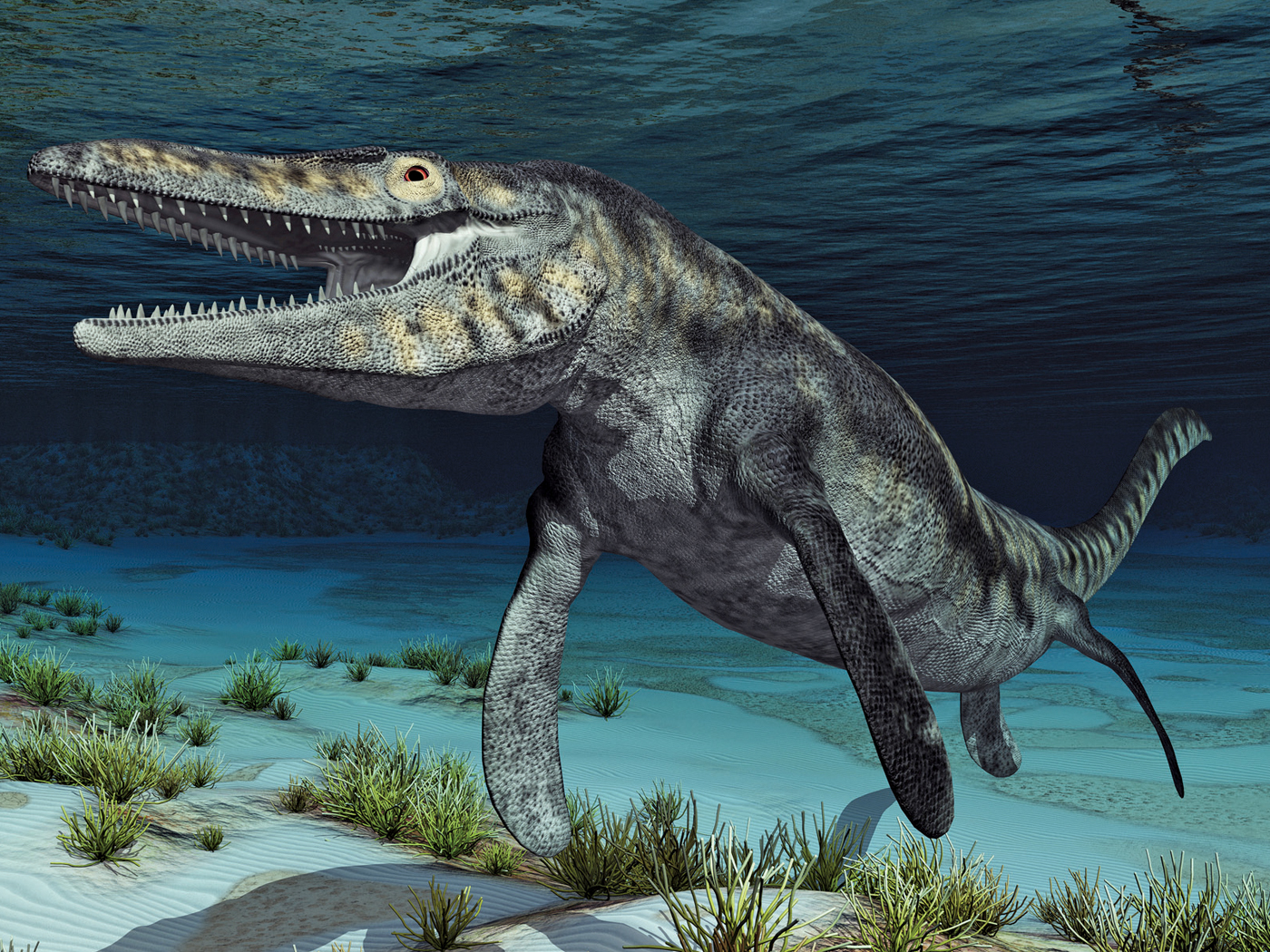Archaeological finds continue to demonstrate that man has always been man, right from the start. A cache of double-edged cutting implements, known to have been used in boat building, was recently discovered on the Mediterranean island of Crete. The tools came from a population that significantly pre-dates prior finds there. Intriguingly, the hand axes were made from local quartz, but were fashioned according to a style common in ancient North Africa.
Thomas Strasser, an archaeologist at Providence College in Rhode Island, told Discovery News, “We’re just going to have to accept that, as soon as hominids left Africa, they were long-distance seafarers and rapidly spread all over the place.”1 Much “Stone Age” material like these hand axes can be correlated with a time when human migrations were prominent across the earth.
According to biblical history, this would have occurred directly after the “dispersion” of peoples from the Tower of Babel.2 These groups, all nomadic, would have left evidence of lives in transition, residing in caves and using local materials to get by. And that evidence would have come from the first peoples to penetrate the new post-Flood world, thus leaving the earliest human remains on this present earth’s surface. Though referred to with the evolutionary word “hominid” in the Discovery News article, this ancient people’s ability to sail seas is uniquely human.
Also, Neanderthal remains unearthed in Spain were found with necklaces.3 “Mineral pigments” were found there, too, and the researchers believe these are the remains of ancient cosmetics. Like the quartz axes, similar artifacts have been found in Africa from the same timeframe. As a related Discovery News article observed, “Even Neanderthals knew how to accessorize.”4
Similarly, the December 18 issue of Science reported that ancients in Israel from the Pleistocene era organized spaces to accomplish specific jobs. They made stone knives, processed vegetation for food, prepared meat, ate their meals, and did tool work, each in a separate area. The study stated, “The diversity of human activities and the distinctive patterning with which they are organized implies advanced organizational skills of the Gesher Benot Ya’aqov hominins.”5 Pleistocene peoples lived during the Ice Age, which immediately followed and was caused by the conditions resulting from Noah’s Flood.6 How much simpler and more accurate to call them not “hominins,” but just “people.”
The more that is discovered about very ancient peoples, the more and more they resemble modern humanity. These artifacts and other findings, along with the biblical assertion that man is the product of a special creation, speak clearly in favor of the abrupt appearance of fully formed mankind, not of an evolved species.
References
- Bower, B. Ancient Hominids Took to the Seas. Discovery News. Posted on news.discovery.com January 11, 2010, accessed January 13, 2010.
- Habermehl, A. 2010. Those Enigmatic Neanderthals. Answers Research Journal. 3 (2010): 1-21.
- Zilhão, J. et al. Symbolic use of marine shells and mineral pigments by Iberian Neandertals. Proceedings of the National Academy of Sciences. Published online before print January 11, 2010.
- Viegas, J. Prehistoric Jewelry Reveals Neanderthal Fashion Sense. Discovery News. Posted on news.discovery.com January 8, 2010, accessed January 13, 2010.
- Alperson-Afil, N. et al. 2009. Spatial Organization of Hominin Activities at Gesher Benot Ya’aqov, Israel. Science. 326 (5960): 1677-1680.
- Oard, M. 1987. The Ice Age and the Genesis Flood. Acts & Facts. 16 (6).
Image credit: PNAS
* Mr. Thomas is Science Writer at the Institute for Creation Research.
Article posted on January 25, 2010.





















